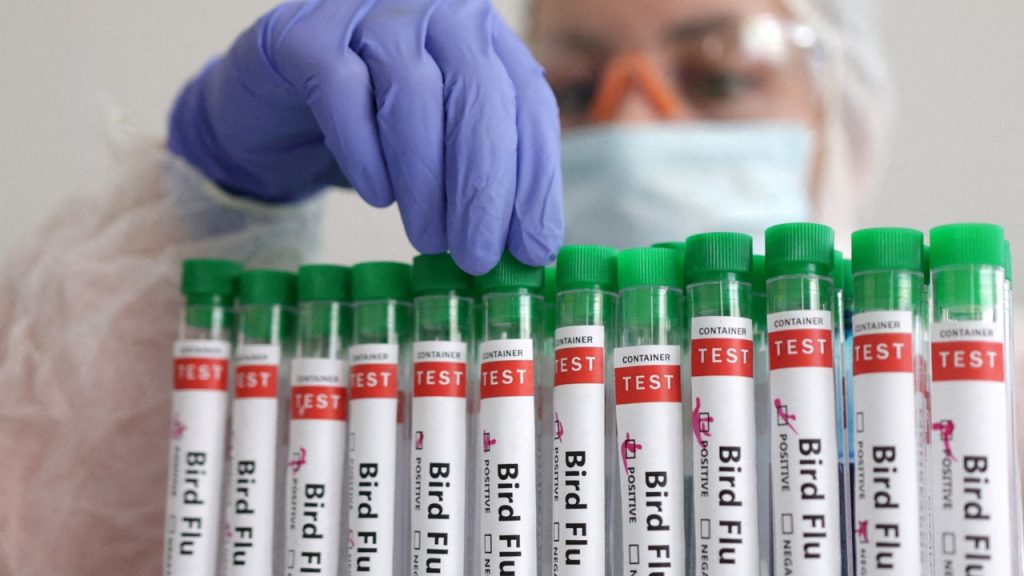The Avian Influenza Outbreak at Billington Sea: A Growing Concern
The discovery of over sixty deceased birds at Billington Sea in Plymouth, Massachusetts, has sparked alarm among local officials and residents. The primary suspect in these deaths is highly pathogenic avian influenza, commonly known as bird flu. On Sunday, teams from Clean Harbor, a waste management company contracted by the state Department of Environmental Protection, along with state officials, commenced the grim task of removing the dead geese, swans, and other wildlife from the pond. The previous day, the state ornithologist had informed town officials of the high suspicion of avian influenza in a goose retrieved from Plymouth. This incident underscores the growing concern surrounding the spread of bird flu across the United States and highlights the importance of rapid response and preventative measures.
Confirmation of the bird flu diagnosis awaits testing at a specialized laboratory, the only one in the U.S. capable of providing definitive results. This process could take up to a week, leaving officials in a state of watchful waiting. Meanwhile, state officials are initiating tests on the birds removed from Billington Sea to ascertain the exact cause of death. Regardless of the final determination, the situation emphasizes the crucial need for public awareness and precautionary measures. Authorities are strongly advising the public to avoid any contact with potentially infected wildlife, particularly sick or dead birds and animals. Protective equipment should be worn if handling wildlife becomes unavoidable.
The potential spread of avian influenza to poultry flocks is another significant concern demanding immediate attention. Poultry owners are urged to take proactive steps to protect their birds. Recommendations include isolating poultry from wild waterfowl, limiting human access to flocks, and meticulously cleaning and disinfecting shared equipment. These measures are vital in preventing the transmission of the virus between wild birds and domestic poultry, minimizing the potential for economic impact and further spread of the disease.
While the risk of human infection from handling infected birds remains relatively low, according to the Centers for Disease Control and Prevention (CDC), it’s not entirely negligible. Since 2022, there have been 67 documented cases of human bird flu infection in the U.S., with a staggering 66 of these cases occurring in 2024 alone. This sharp increase necessitates amplified vigilance and proactive measures to address the growing threat. The CDC’s recent recommendation for expedited testing of hospitalized influenza A patients reflects this heightened concern.
In response to the sporadic human infections of avian influenza, the CDC has recommended a faster and more comprehensive "subtyping" of influenza A in hospitalized patients. This approach aims to distinguish between seasonal flu and bird flu more quickly, preventing delays in diagnosis and treatment. Such delays can have serious consequences, especially during the flu season when high patient volumes can strain healthcare resources. Rapid and accurate diagnosis is crucial for effective patient care, timely implementation of infection control measures, and thorough investigation of each case. The CDC’s recommendation underscores the importance of a proactive and vigilant approach to managing the evolving avian influenza situation.
The increasing number of bird flu cases across the U.S. necessitates continuous vigilance and proactive measures. The incident at Billington Sea serves as a stark reminder of the potential reach of this virus and the importance of preparedness and public awareness. Continuous monitoring, rapid response strategies, and public education are crucial elements in mitigating the impact of avian influenza outbreaks, both on wildlife populations and human health. The collaboration between local, state, and federal agencies, along with the cooperation of the public, plays a vital role in containing the spread of this potentially devastating disease and protecting both animal and human populations.

